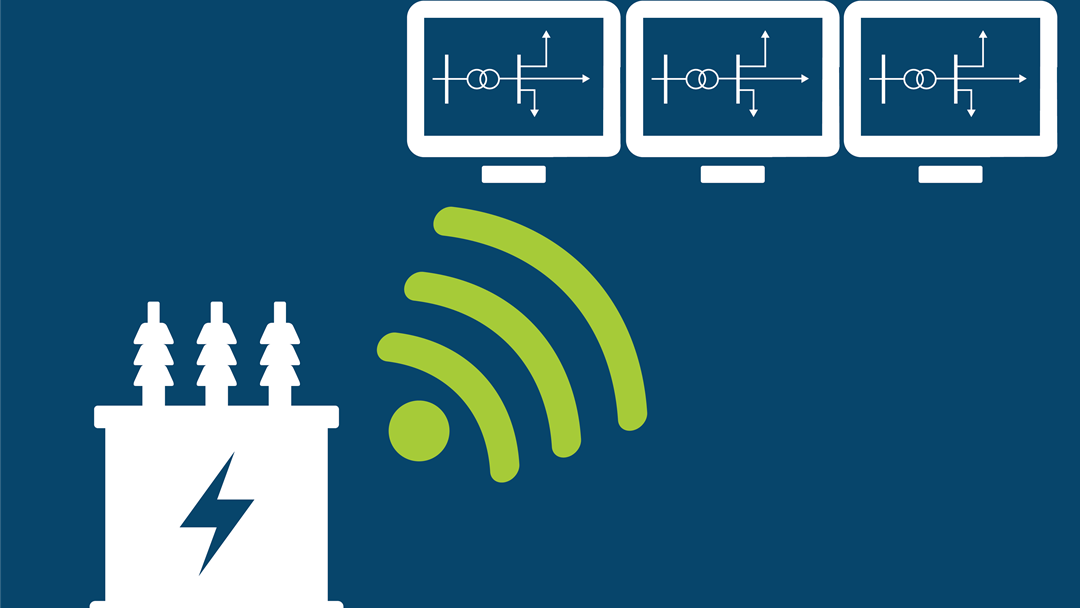- Name
- Oddbjørn Gjerde
- Title
- WP2 Lead
- Organization
- SINTEF Energi AS
Testing of GOOSE protocol for outside of substation application over 5G
Challenge and objective
- 5G wireless networks are quickly getting better coverage and becoming a viable alternative for smart grid communication.
- Applications such as self-healing and protection coordination require faster and reliable communication and can benefit from 5G, but need investigation on how to adapt to the service quality that the 5G network can provide.
- This work aims to examine and evaluate the performance of commercial 5G networks for protection coordination and investigate if the protection coordination can be parameterized to work with the 5G network.
Work performed
- An experimental evaluation of protection coordination implemented over a commercial 5G network (non-standalone 5G with LTE-EPC core) with HIL setup consisting of both hardware and emulated protection devices.
Significant results
- Insights into how protection coordination schemes can use available 5G networks in practice is provided.
- Protection coordination scheme's parameter configuration should rely on the actual performance measurements of the mobile network, considering the uncertainties.
- Using data from the IED position is more suitable than statistics from broader measurement campaigns.
Impact for distribution system innovation
- This study characterized commercial 5G for protection coordination, marking the initial phase in deploying 5G for smart grid applications.
- Use 5G for protection coordination could provide grid companies with a cost-effective and reliable alternative compared to other communication technologies.


References in CINELDI
T. Amare, H. Lundkvist, S.S. Acevedo: Performance Evaluation of IEC 61850 GOOSE Messages over a 5G Network for Protection Coordination in Smart Grid, IEEE SmartGridComm, 2023.

